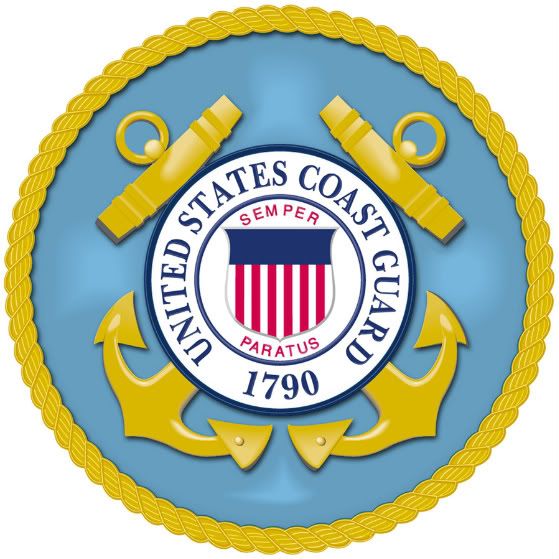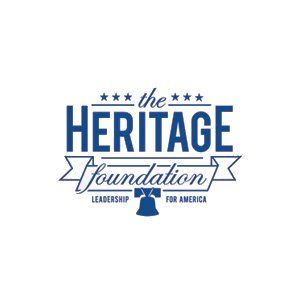
WASHINGTON - The U.S. Coast Guard released its top 11 video compilation for 2009, highlighting the year's most compelling cases from the work done every day by America's Guardians. The top 11 is a tribute to the Coast Guard's 11 statutory missions
For over two centuries the U.S. Coast Guard has safeguarded our Nation’s maritime interests in the heartland, in the ports, at sea, and around the globe. We protect the maritime economy and the environment, we defend our maritime borders, and we save those in peril. This history has forged our character and purpose as America’s Maritime Guardian — Always Ready for all hazards and all threats.
Today’s U.S. Coast Guard, with nearly 42,000 men and women on active duty, is a unique force that carries out an array of civil and military responsibilities touching almost every facet of the U.S. maritime environment.
The Coast Guard's motto is Semper Paratus, meaning "Always Ready."
Missions
By law, the Coast Guard has 11 missions: (the headings include links to pages where you can learn more about each individual mission)The PWCS mission entails the protection of the U.S. Maritime Domain and the U.S. Marine Transportation System (MTS) and those who live, work or recreate near them; the prevention and disruption of terrorist attacks, sabotage, espionage, or subversive acts; and response to and recovery from those that do occur. Conducting PWCS deters terrorists from using or exploiting the MTS as a means for attacks on U.S. territory, population centers, vessels, critical infrastructure, and key resources. PWCS includes the employment of awareness activities; counterterrorism, antiterrorism, preparedness and response operations; and the establishment and oversight of a maritime security regime. PWCS also includes the national defense role of protecting military outload operations.
The definitive source for information regarding the Coast Guard’s port security history remains Coast Guard Pub 1 and the Coast Guard’s historian. PWCS is a new name for the Coast Guard’s mission previously called Port and Environmental Security (PES). PES included port security, container inspection, and marine firefighting.
In 2003, the Coast Guard addressed its PWCS responsibilities and functions by initiating Operation Neptune Shield (ONS). The Coast Guard supplemented ONS with tactical and strategic documents: the 2005 publication of Chapter 10 to the Maritime Law Enforcement Manual, the 2006 Coast Guard Strategic Plan for Combating Maritime Terrorism, and the 2008 Combating Maritime Terrorism Strategic and Performance Plan.
The July 2005 terrorist bombings in London highlighted the need to protect U.S. mass transit systems, including ferries. Later, the effects of hurricanes Katrina and Rita highlighted the criticality of preparedness for recovery of the MTS following a large-scale disaster. The 2008 terrorist attack via the maritime domain against Mumbai, India, highlighted the tie between border security and PWCS. After each event, the Coast Guard reviewed its PWCS strategy and made adjustments where appropriate.
The Coast Guard’s systematic, maritime governance model for PWCS employs a triad consisting of domain awareness, maritime security regimes, and maritime security and response operations carried out in a unified effort by international, governmental, and private stakeholders.
Protecting the U.S. EEZ and key areas of the high seas is an important mission for the Coast Guard. The Coast Guard enforces fisheries laws at sea, as tasked by the Magnuson-Stevens Fisheries Conservation and Management Act (MSFCMA). Our fisheries priorities are, in order of importance:
1. Protecting the U.S. Exclusive Economic Zone from foreign encroachment: The MSFCMA of 1976 extended U.S. fisheries management authority out to the full 200 miles authorized by international law. The U.S. EEZ is the largest in the world, containing 3.4 million square miles of ocean and 90,000 miles of coastline. Foreign fishers operating illegally in this area are, effectively, stealing resources from the U.S., and our fisheries managers have no way of measuring or accounting for this loss.
2. Enforcing domestic fisheries law: U.S. Domestic Fisheries support a $24 billion dollar industry. Fisheries Management Plans (FMPs), to ensure the sustainability of these fisheries are developed by regional Fisheries Management Councils, each of which have a non-voting Coast Guard member. The Coast Guard is responsible for enforcing these FMPs at sea, in conjunction with NOAA Fisheriesenforcement ashore. In addition to FMP enforcement, we enforce laws to protect marine mammals and endangered species.
3. International fisheries agreements: Realizing that fish do not recognize national boundaries, the Coast Guard works closely with the Department of State to develop and enforce international fisheries agreements. Most notably, the Coast Guard enforces the United Nations High Seas Driftnet Moratorium in the North Pacific, where illegal drift netters may catch U.S. origin salmon.
For more than 210 years, the Coast Guard has served the nation as one of the five armed forces. Throughout its distinguished history, the Coast Guard has enjoyed a unique relationship with the Navy. By statute, the Coast Guard is an armed force, operating in the joint arena at any time and functioning as a specialized service under the Navy in time of war or when directed by the President. It also has command responsibilities for the U.S. Maritime Defense Zone, countering potential threats to American's coasts, ports, and inland waterways through numerous port-security, harbor-defense, and coastal-warfare operations and exercises.
Today, U.S. national security interests can no longer be defined solely in terms of direct military threats to America and its allies. With the terrorist attacks on September 11, 2001, the U.S. has fully realized the threat faced on the home front from highly sophisticated and covert adversarial groups. The Coast Guard has assumed one of the lead roles in responding to these unscrupulous attacks upon our nation by providing homeland security in our nation’s harbors, ports and along our coastlines. Commercial, tanker, passenger, and merchant vessels have all been subject to increased security measures enforced by the Coast Guard.
As the United States' primary maritime law enforcement agency, the Coast Guard is tasked with enforcing immigration law at sea. The Coast Guard conducts patrols and coordinates with other federal agencies and foreign countries to interdict undocumented migrants at sea, denying them entry via maritime routes to the United States, its territories and possessions. Thousands of people try to enter this country illegally every year using maritime routes, many via smuggling operations. Interdicting migrants at sea means they can be quickly returned to their countries of origin without the costly processes required if they successfully enter the United States.
When successful, illegal immigration can potentially cost U.S. taxpayers billions of dollars each year in social services. In addition to relieving this financial burden on our citizens, the Coast Guard's efforts help to support legal migration systems. Primarily, the Coast Guard maintains its humanitarian responsibility to prevent the loss of life at sea, since the majority of migrant vessels are dangerously overloaded, unseaworthy or otherwise unsafe.
The Marine Environmental Protection program develops and enforces regulations to avert the introduction of invasive species into the maritime environment, stop unauthorized ocean dumping, and prevent oil and chemical spills. This program is complemented by the Marine Safety program’s pollution prevention activities.
In 2008, the Coast Guard refined its planning to support implementation of the National Response Framework, the national all hazards, incident management, and emergency response architecture. The Coast Guard also incorporated lessons learned from the motor vessel (M/V) COSCO BUSAN Incident Specific Preparedness Report into an improved policy that better aligns response planning at local, state, and Federal levels.
The Coast Guard conducts icebreaking services to assist vessels and communities in emergency situations and facilitate essential commercial maritime activities in the Great Lakes and Northeast regions. In 2008, the Coast Guard, in concert with the Government of Canada and the commercial icebreaking industry, sustained navigable waterways for commercial traffic and assisted with 680 ice transits, representing the transport of over $2B (U.S.) of cargo.
Beyond domestic operations, the Coast Guard operates the only U.S.-flagged heavy icebreakers capable of providing year-round access to the Polar regions. In 2008, the busiest iceberg season in a decade, the International Ice Patrol facilitated commerce by broadcasting position information on 1,029 icebergs crossing south of 48 degrees north latitude.
Preventing illegal foreign fishing vessel encroachment in the EEZ is a primary Coast Guard role vital to protecting the integrity of the Nation’s maritime borders and ensuring the health of U.S. fisheries. The Coast Guard also enforces international agreements to suppress damaging illegal, unreported, and unregulated (IUU) fishing activity on the high seas.
In 2008, the Coast Guard detected 81 incursions by foreign fishing vessels into the U.S. EEZ. The Coast Guard also participated in the 2008 multi-national high seas drift net (HSDN) enforcement campaign, Operation North Pacific Watch. Through this campaign, the Coast Guard interdicted two Chinese-flagged HSDN vessels, facilitating their seizure by Chinese officials.
.






























0 comments :
Post a Comment